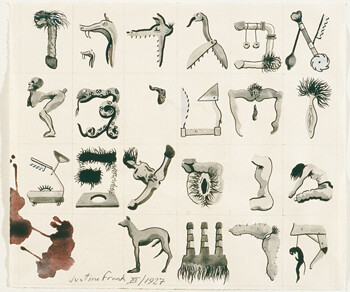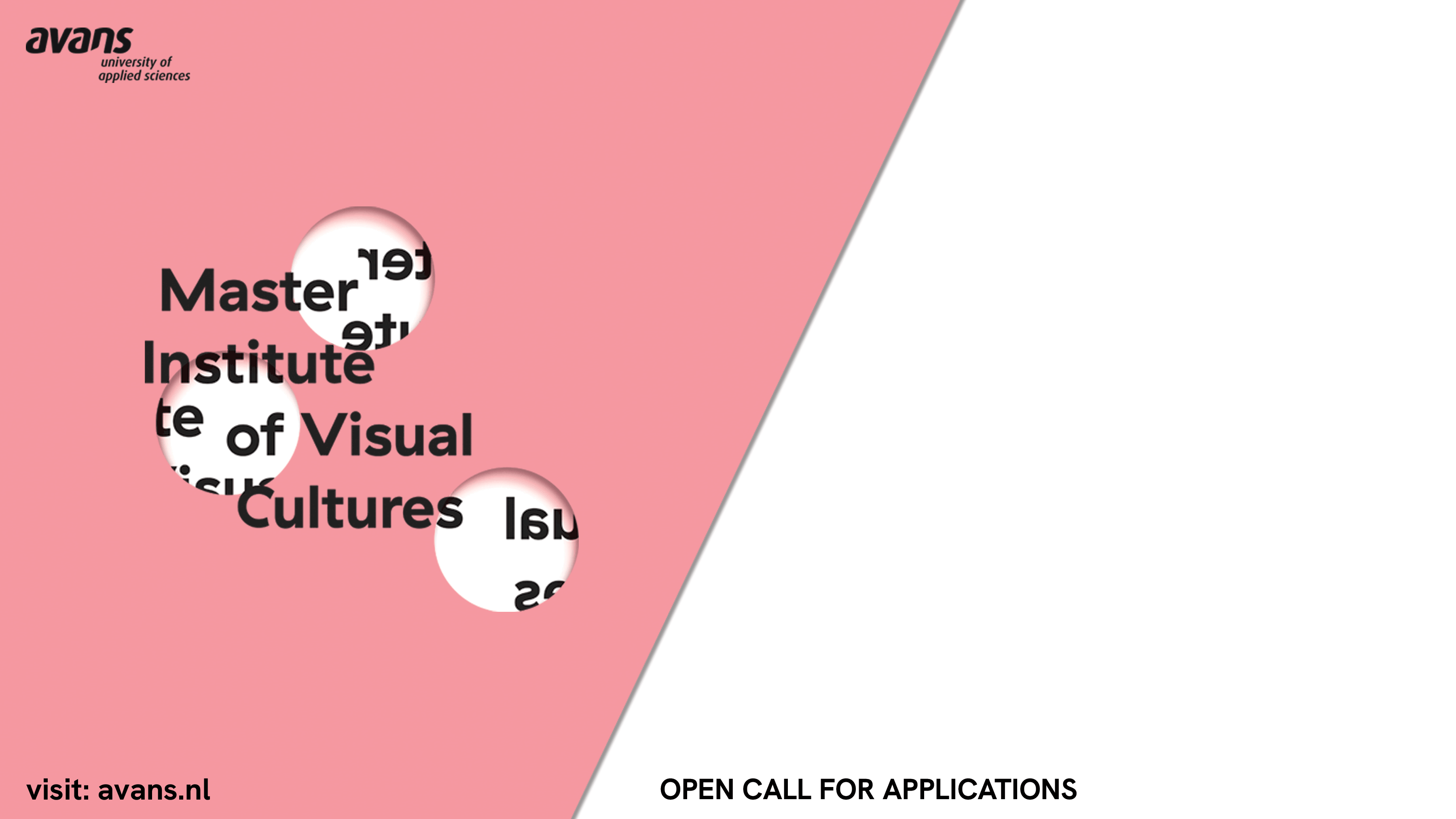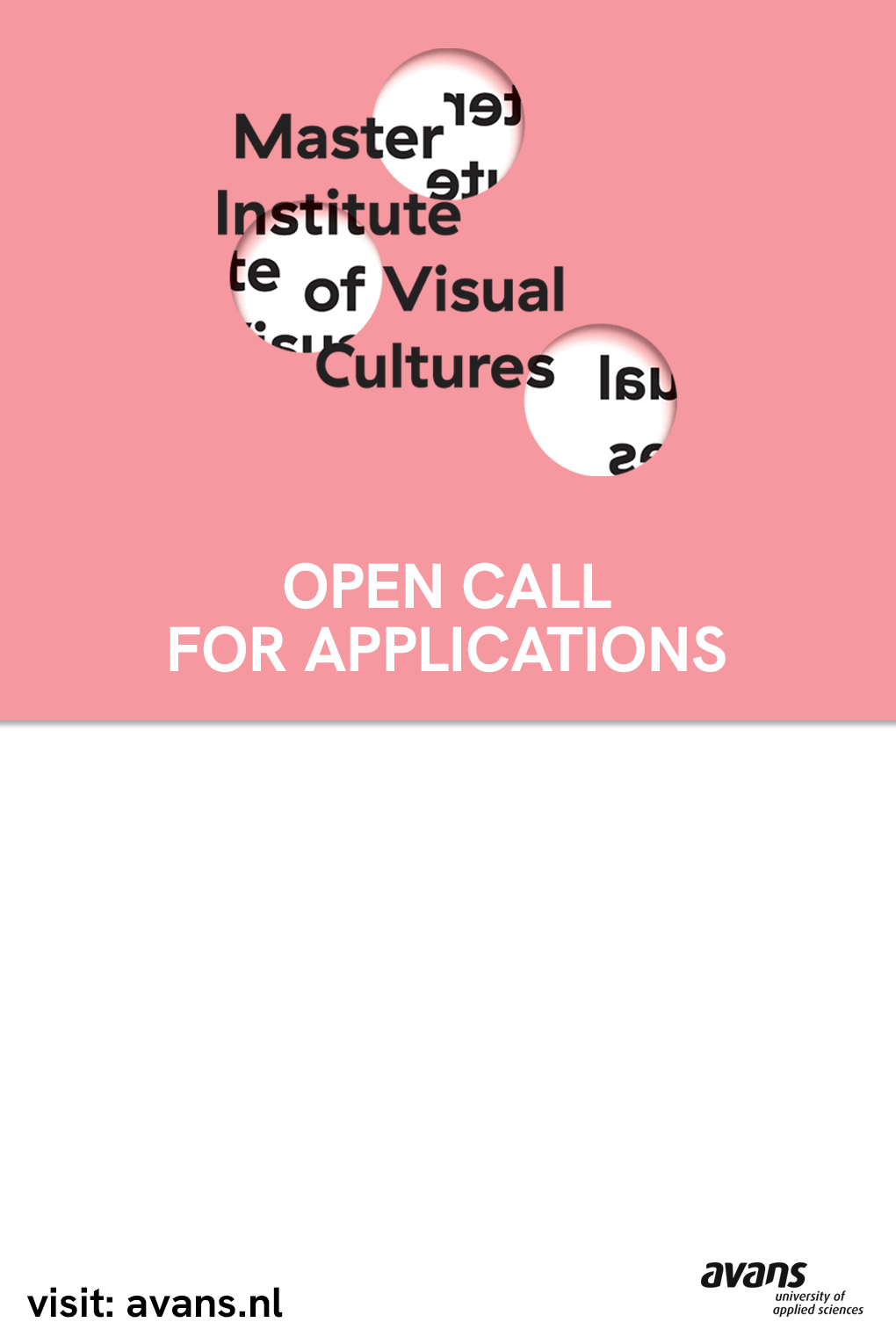November 10, 2012–February 3, 2013
Opening: November 9, 7:30pm
Performance: bend over…! by Jakob Lena Knebl, Peter Kozek and Andreas Riegler
Conference: Anus, Dildo, Macht – Queer Abstraction
November 22–24, 2012
Academy of Fine Arts Vienna, xhibit
Schillerplatz 3, 1010 Vienna
T +43 1 588 16 0
Artists: Pauline Boudry/Renate Lorenz, Kaucyila Brooke, Katrina Daschner, Anna Daucikova, Vaginal Davis/Damiana Garcia, Justine Frank, Julian Göthe, Nilbar Güres, Stefan Hayn, Katarzyna Kozyra, Mateusz Lesman, Ulrike Müller, Rosa von Praunheim, Karol Radziszewski, Roee Rosen, Hans Scheirl, Toni Schmale, Stefanie Seibold, Tejal Shah, Viktoria Tremmel, David Zeller
Curators: Christiane Erharter and Dietmar Schwärzler
Exhibition design: Robert Vörös
The title of the exhibition is a reference to the almost eponymous film title Rosa Arbeiter auf goldener Straße, Teil II (1969) by Rosa von Praunheim. In this early short film, the protagonist escapes from political arrest in the former German Democratic Republic and takes cover in the bourgeois-bohemian art milieu of West Berlin. Having arrived there, she marries an actor, who joins the gay revolution at its end; he then perishes. The flamboyant film presents a prime example of the ambivalent direction of gender roles and sexualities and from today’s perspective it can be read as queer.
After the AIDS crisis influenced an activism charged with identity politics in the Act Up movement of the late 1980s and ’90s and after queer theory dominated the 2000s, the term “queer” has long ceased to describe only a movement and theory, not to mention a subculture, but has rather arrived as a lifestyle (clubs, fashion blogs, TV series) and is omnipresent in today’s culture. What it exactly means often remains unspecific, due to the term’s immanent complexity and contradiction, and depends on the user and the respective context. In the fine arts, a resurgence of interest can be observed in an abstracted presentation of forms of sexuality beyond homo- and heterosexual norms.
Drawing on Judith Halberstam’s definition of queer (“queer refers to non-normative logics and organizations of community, sexual identity, embodiment, and activity in space and time”) the exhibition would also like to explore her concept of “queer abstraction.” A satisfactory explanation of this concept is still lacking. The derivations, omissions, and exclusions—abstractions—of common body images and discourses is what we want to bring to light as the concept of “queer abstraction,” and to discuss the term’s relevance.
In the exhibition, artistic positions mix—as a consequence of applying the queer critique to the representation of stable, representable identities—with those positions which use uncertainty tactics, to abstract attributive and body images. Also formal parameters such as choice of materials and technique come increasingly into the foreground. This happens in the awareness of the feminist roots of queer and the emancipatory potential that it includes. In working out this thematic field, also geo- and socio-political differences become clear, which are not separable into a simple East/West dichotomy, but rather remain disparate, even at an inner-state level. A central aspect of the exhibition comprises the artistic forms of thought and presentation, which put forth a shift in view or even a historical relocation and re-assessment. Artists from post-socialist countries show an image of a “queer East” not commonly seen: still today, the idea persists that these countries have little visibly queer art production, or only one that creates a scandal in the public view. Such works are positioned in constant dialogue with other contributions and in their interplay celebrate sexual pluralism in very different manifestations. They occupy in a temporary sense the spaces beyond sexual, religious, social, cultural, and political dogma; the arrangement of what is available is expanded in content and form.
Further Information on the exhibiton
Further Information on the conference project



